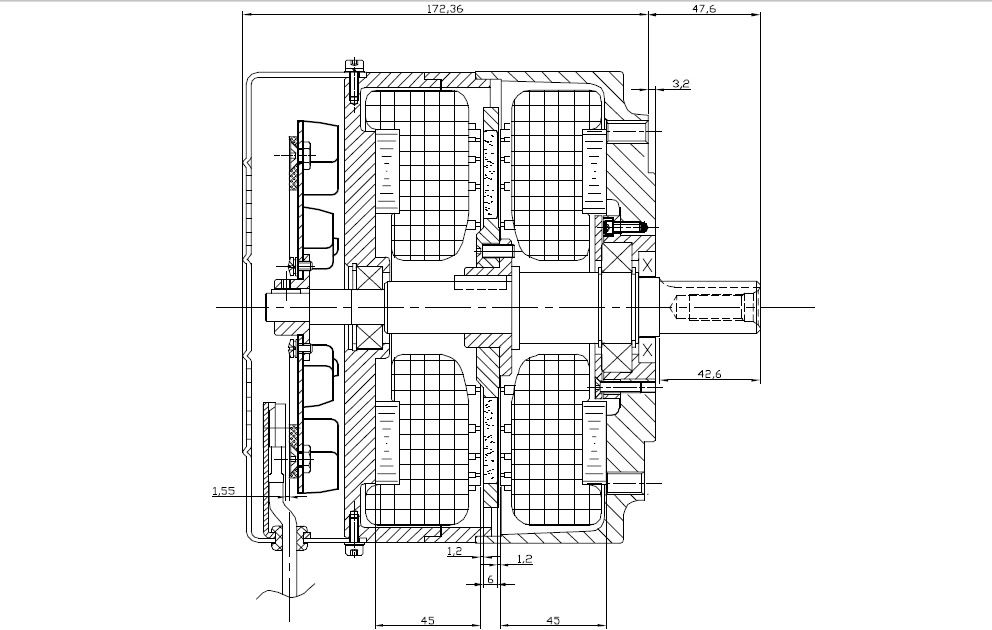First Extended Drive
Today, we headed out on a extended drive. Not knowing the real efficiency of the car (miles/charge), it is going to take some testing to become comfortable with the nominal range. The Amp-Hour meter that is currently connected does not retain its values after a power cycle, so it is not a great fuel gauge. More on that later.....
It was a sunny day here, about 65 degrees, so a perfect day for test drives. Earlier in the week, I did a 4 mile run around the flat part of the neighborhood and the batteries only required about 30 minutes to recharge fully. Today, we drove for 8 miles with some hills. The batteries still read about 85V but since the drop off near the end of the charge is fast, I am hesitant to let them get too low. Well after a 7.5 mile drive, they took about an hour with the 16A charger to return to 91V (the current target charge level). This was the previous charge level so it should represent a reasonable replacement energy measurement.
Based on these estimates, the car averaged about 180 Watt-Hours/mile. Right in the expected range of 150-200. With a conservative 80% usable capacity, this should equate to 22 miles of range per charge. A GPS was used to track distance, but a more accurate charge timer is needed to estimate the actual Amp-Hours that are being put into the batteries, or taken out with the a better amp-hour meter.
Here is the boot with the batteries in position. Not a lot of extra room The brown and blue wires are the battery monitors which make sure that none of the cells deviate too much. The next step will be to route these up to the dashboard so the driver can monitor the battery condition. The large blue connector is the charger connection. The charger will be mounted to the left of the pack. The large (red) 12 battery is powering all of the electronics in the car (lights, radio, controller, fans)
Cooling
The motor coil temps, as reported over the CAN bus from the Kelly controller is running between 80C-90C after a couple of miles. This is well below the limit of 145C but still on the high side. The internal fan on the motor has two issues:
- It does move a lot of air - @2,000 RPM, I could barely feel any air leaving the motor.
- It does not cool when the motor is not spinning.
A supplemental fan is needed and I found a 12V marine exhaust fan that moves a lot of air. The challenge is how to duct the fan into the motor in the tiny Mini engine compartment. I tried a Rube-Goldberg solution today using 4" flexible ducts but there is just not enough room at the end of the motor (where the internal fan draws air) to route the ducts.
The Plan: Bring in 1" hoses (probably two) into the fan housing on the motor, from the top to push more air through the motor. The challenge: How to plumb the 4" fan down to a couple of 1" hoses through a manifold. The air is moved from one end of the motor to the other, horizontally. There are large vents in the housing on the shaft end, so if enough air can be pushed into the fan end, it should push on through, providing much better cooling.


No comments:
Post a Comment